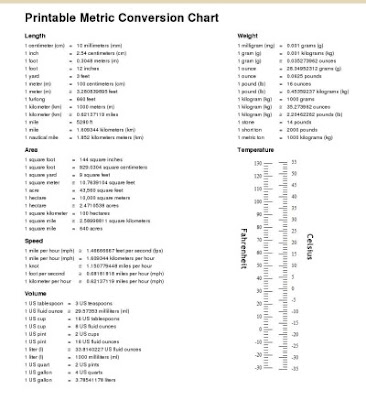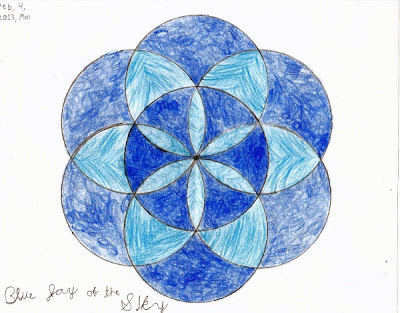Where is math in your life?
Math in your life- I'm not talking about schoolwork or teaching now, but everyday situations where you've used math.
I'd like to encourage you to share those 'math' moments with your child. It shows him/her that math is NOT a 'hateful' activity done in school, but something useful and normal!
For example, cooking is an excellent example. Kids will be enthusiastic to do all kinds of measuring while cookies are in the works! (Now I hope you aren't one of those who will rather find another recipe than figure out the half or 3/4 or 1 1/2 of the recipe).
My hubby said he uses math when designing a website layout. He has to figure out what should the table column widths be, if the screen resolution is 600x800, and he wants this wide cell-padding, this wide borders, this wide cell-spacing.
Another example: A few years back I was interested in the essential omega-3 fat alpha-linolenic acid (ALA), and figured out how many ounces of flaxseed would one need to get the minimum daily recommended amount of ALA (as given in Udo Erasmus' book ). (And I don't mean you'd want to get all of your ALA from flaxseed because flax oil is much better way. But I wanted to mix some to yogurt and find out.)
). (And I don't mean you'd want to get all of your ALA from flaxseed because flax oil is much better way. But I wanted to mix some to yogurt and find out.)
For this problem I had to find out all kinds of information, such as what percentage of the seed is oil, and what percentage of the oil is ALA, and how many grams of flaxseed go into 1 cup.
(Can't remember anymore what I found as the answer.)
It's a good example of how real-life problems often are lacking the 'given information' that school book problems tell you.
Or, just recently Kagi (my ebooks reseller) changed their fees. You had two choices: either go with old fees and pay $12 extra per month for increased credit card security measures they're taking, or go with a new fee structure. The new system said that for a purchase over $25, Kagi fee is $2 + 2.5% and the credit card processing fee is $.30 + 2.5%. And for purchases less than $25 it was different.
So that took some serious estimating and calculating from me, because I have lots of orders for $27.50 and all the rest are for various smaller amounts. Finally I decided to stick with the old fee structure plus the $12 fee.
And not to mention shopping, or taxes, or credits, or just figuring the test score in kids' schoolwork... There are lots of opportunities for using math. Don't forget to involve your kids in these math moments, as they are able.
Tags: math
I'd like to encourage you to share those 'math' moments with your child. It shows him/her that math is NOT a 'hateful' activity done in school, but something useful and normal!
For example, cooking is an excellent example. Kids will be enthusiastic to do all kinds of measuring while cookies are in the works! (Now I hope you aren't one of those who will rather find another recipe than figure out the half or 3/4 or 1 1/2 of the recipe).
My hubby said he uses math when designing a website layout. He has to figure out what should the table column widths be, if the screen resolution is 600x800, and he wants this wide cell-padding, this wide borders, this wide cell-spacing.
Another example: A few years back I was interested in the essential omega-3 fat alpha-linolenic acid (ALA), and figured out how many ounces of flaxseed would one need to get the minimum daily recommended amount of ALA (as given in Udo Erasmus' book
For this problem I had to find out all kinds of information, such as what percentage of the seed is oil, and what percentage of the oil is ALA, and how many grams of flaxseed go into 1 cup.
(Can't remember anymore what I found as the answer.)
It's a good example of how real-life problems often are lacking the 'given information' that school book problems tell you.
Or, just recently Kagi (my ebooks reseller) changed their fees. You had two choices: either go with old fees and pay $12 extra per month for increased credit card security measures they're taking, or go with a new fee structure. The new system said that for a purchase over $25, Kagi fee is $2 + 2.5% and the credit card processing fee is $.30 + 2.5%. And for purchases less than $25 it was different.
So that took some serious estimating and calculating from me, because I have lots of orders for $27.50 and all the rest are for various smaller amounts. Finally I decided to stick with the old fee structure plus the $12 fee.
And not to mention shopping, or taxes, or credits, or just figuring the test score in kids' schoolwork... There are lots of opportunities for using math. Don't forget to involve your kids in these math moments, as they are able.
Tags: math


Comments
As I worked with my son, he asked, "How much longer?" So I told him when we would stop, he told me how many minutes that was, and I added one more way to use math to his list.